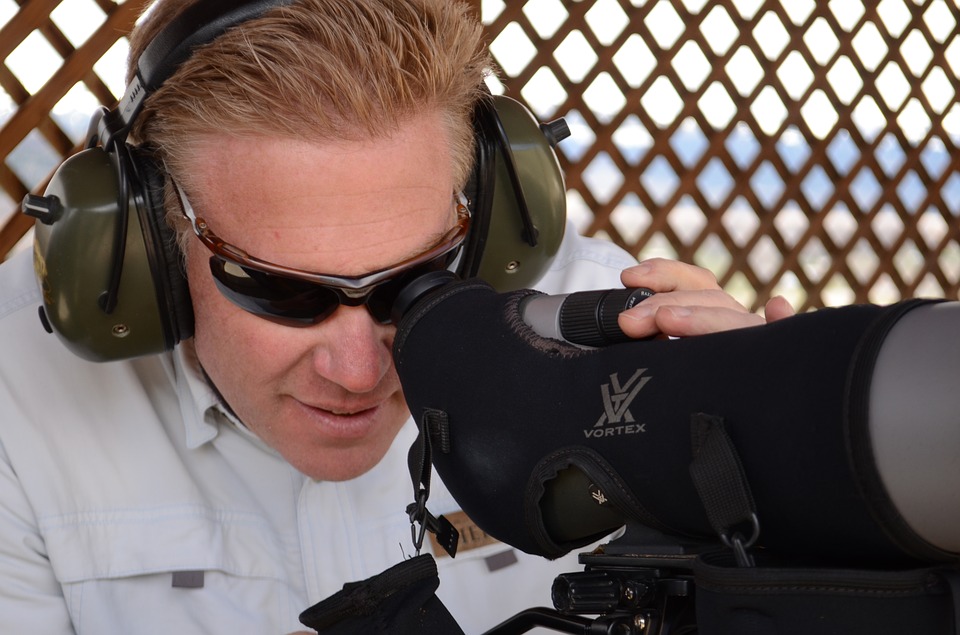The type of scope on your rifle will greatly determine the success of your hunt, and you want to come out successful, don’t you? It, therefore, means you have to make the right buy, and since the options are significant in the market making the whole process overwhelming, the following tips will help you get the best scope. First, going to make your purchase from a reputable brand means you won’t go wrong. They will not want to offer a piece of junk simply because they want to maintain their reputation. A quality scope comes when you are ready to pay.
Optical Power
Consider the optical power as well. The ultimate goal of a rifle user is the optimal magnification for any task undertaken. For intuitive shooting and target tracking lower level magnification like 6x are appropriate. A magnification scope of 32x has a greater resolution only that they are heavier and bigger making them challenging when using.

Weight
You should determine the weight as it is a critical element too. Usually, the scope is heavier with better magnification which comes with bigger lens and longer tubes all adding to the weight. The scope weight can determine the rifle’s accuracy, therefore, choose carefully. The best way to approach it, however, is to decide the purpose of the rifle, with less weight the better. But make sure the purpose of the rifle is your guide in figuring out the best weight appropriate for you.
Mounting
Make sure the scope you go for will fit your mount. If it doesn’t then you should not have it as it will be difficult using it. The length of scope in total should be consistent with the total length of the rifle. Remember to include those accessories to a total length which come together with the scope like scope caps, flash hiders, objective lens and others.
Eye relief
Consider the eye relief as the distance determines to see your target clearly or not. It is as well important for your safety regarding the recoil rates of different rifles. The scope you choose should, therefore, have an eye relief that is adequate for your gun to limit the risk of eye injury. The safe distance for you should be four inches and when you mount your scope let your head and neck be comfortable not be moving to get close to eye relief.


